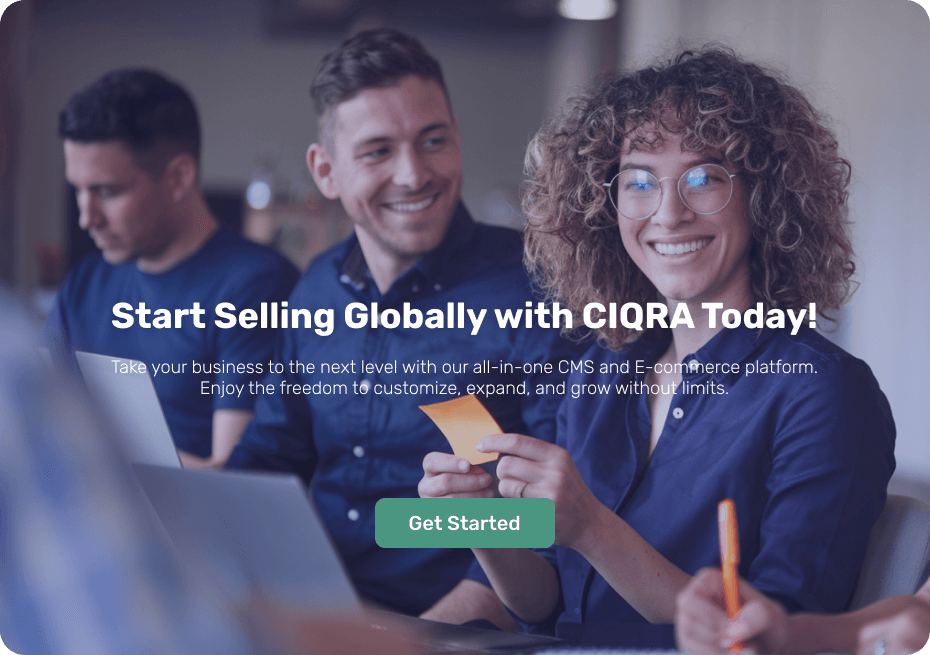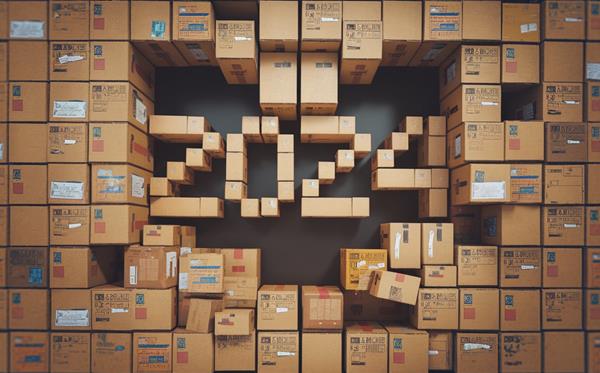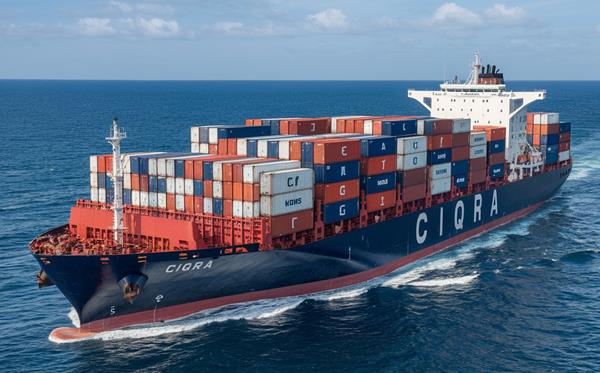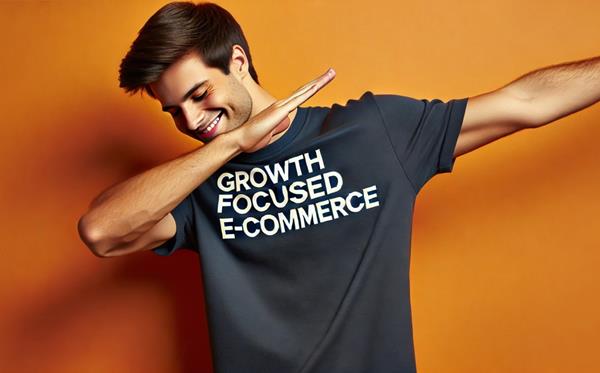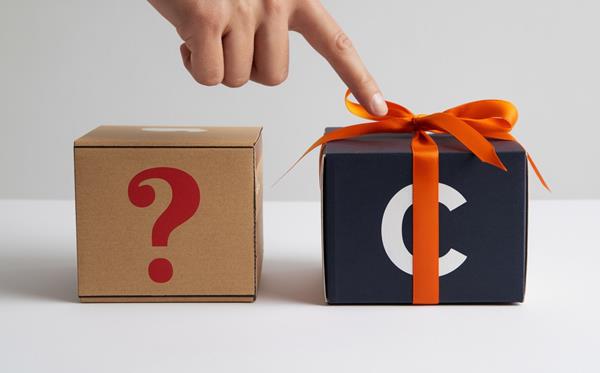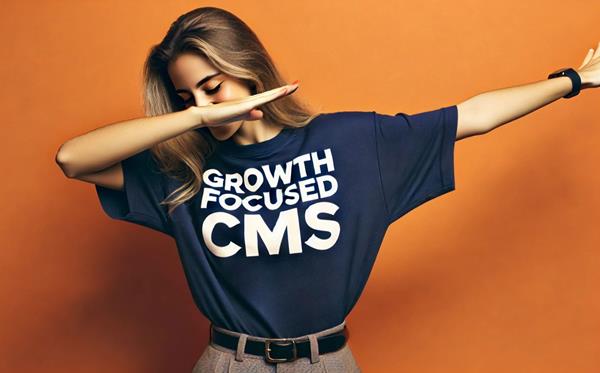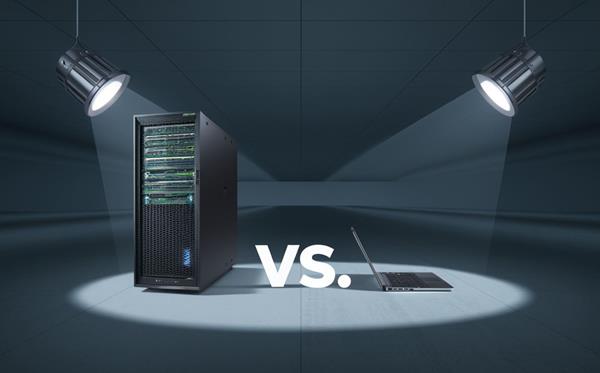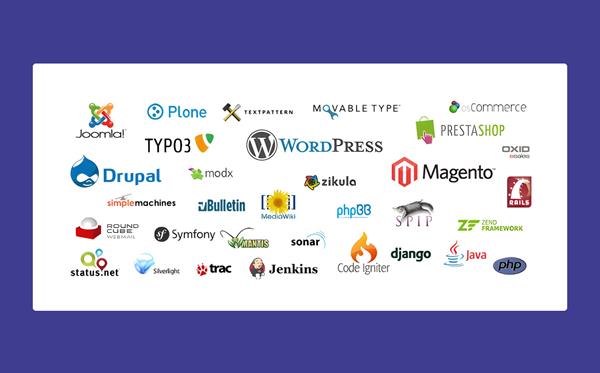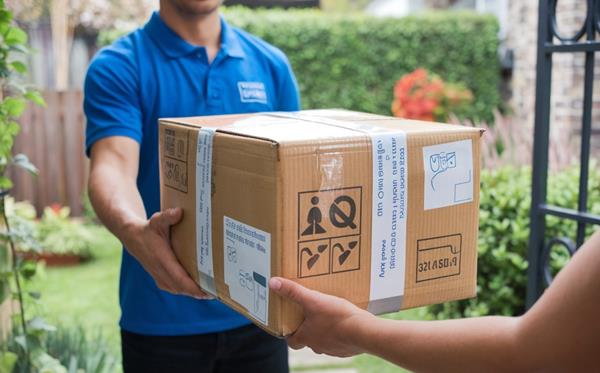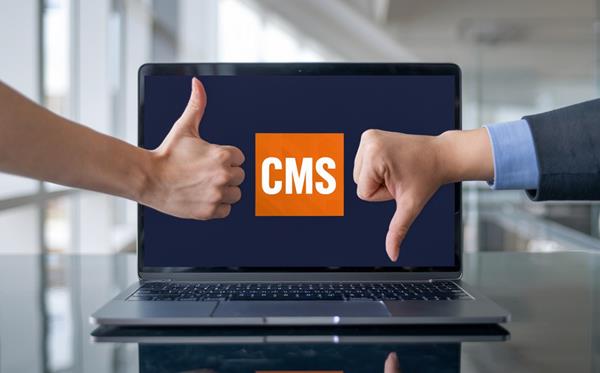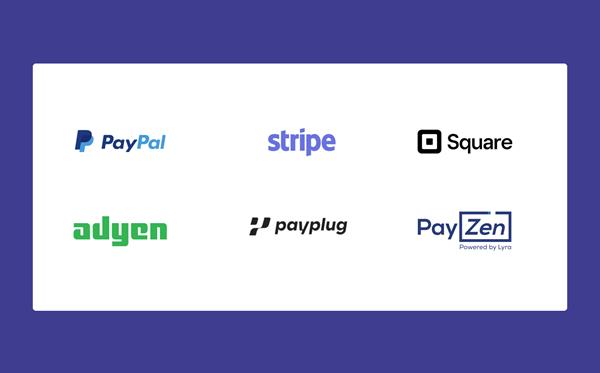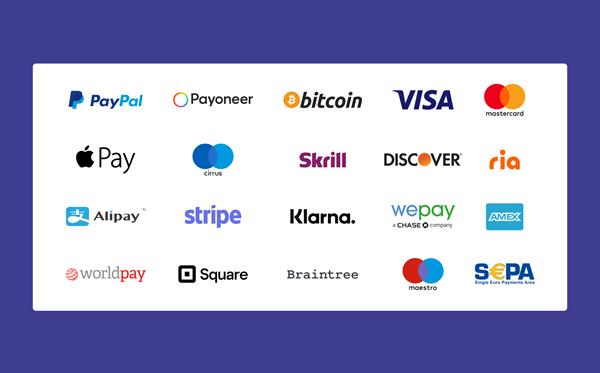Why Going from 0 to 10 is Harder Than 10 to 100 in Growth Marketing

Introduction
In the world of growth marketing, the journey of building a successful company can be broken down into phases. The first phase, going from 0 to 10 customers or users, is often perceived as the hardest, while scaling from 10 to 100 is comparatively easier. This challenge is not only anecdotal but backed by various statistical models and real-world business data.
The Struggles of Going from 0 to 10
Lack of Product-Market Fit Finding product-market fit (PMF) is the key struggle for businesses starting from zero. According to CB Insights, 42% of startups fail because there is no market need for their product . In this early stage, a company typically faces more uncertainty: testing assumptions, tweaking features, and navigating whether the product truly solves a pressing problem for its target market.
Before reaching 10 users or customers, you’re in constant validation mode, facing issues such as:
- Understanding the target audience.
- Discovering the right positioning.
- Refining the value proposition.
Building Initial Trust Acquiring the first users involves convincing them to take a chance on an unproven product or service. A 2018 Edelman Trust Barometer Report highlights that 81% of customers say trust is a dealbreaker when choosing products or services . Without existing testimonials or social proof, gaining that initial trust can be a formidable hurdle.
When starting at zero, potential customers often hesitate to commit. Marketing efforts need to rely heavily on generating credibility through early case studies, direct outreach, and heavy personalization, which is resource-intensive.
Optimizing the Funnel In the early stages, the marketing funnel isn't fully optimized. According to HubSpot, only 22% of companies are satisfied with their conversion rates . At 0-10, you’re likely still experimenting with lead generation strategies and conversion tactics. Channels that work for other businesses might not work for you, and it requires constant iteration to identify what resonates with this initial audience.
Funnel optimization is crucial to turning leads into users, and this requires more manual, qualitative feedback loops early on. At this stage, analytics might be sparse, leading to limited insights for actionable improvement.
Scaling from 10 to 100: Why It’s Easier
Product-Market Fit is Established Once a company has secured 10 users or customers, it likely has some level of product-market fit. With the confidence that the product meets a real need, scaling efforts become more predictable. Startups that achieve product-market fit experience a "pull" from the market.
Y Combinator co-founder Paul Graham mentions that PMF can be recognized when the market "pulls" your product—indicating that the struggle to convince users decreases as the product proves its worth.
Word-of-Mouth and Social Proof After reaching the first 10 users, word-of-mouth and social proof become powerful accelerators. According to Nielsen, 92% of people trust recommendations from friends and family over any other type of advertising . This viral effect can reduce customer acquisition costs and lead to more organic growth.
With early adopters sharing their positive experiences and testimonials available, prospective users feel more confident joining, which drives conversions at a faster pace.
Optimized Acquisition Channels By the time a business reaches 10 users, it has likely identified the acquisition channels that work best. Whether it’s paid advertising, content marketing, or partnerships, this enables businesses to double down on proven strategies. In a McKinsey report, scaling businesses often report a 30-50% drop in cost per acquisition (CPA) once they optimize their marketing channels post-PMF.
Additionally, tools like A/B testing, segmentation, and data-driven optimization become more effective once you have data from the initial cohort of users.
Statistical Insights into Early-Stage Growth
Conversion Rates: According to a 2019 MarketingSherpa report, the average website conversion rate is around 2.35%, but this increases to 5.31% for companies that have refined their approach and passed the product-market fit stage.
Churn Rate: Statista reports that companies in their earliest stages face a 20-30% churn rate, but this stabilizes at 5-7% once a company hits 100+ users .
Customer Acquisition Cost (CAC): According to ProfitWell, early-stage startups spend 25-30% more on CAC than more mature companies due to inefficiencies and a lack of channel knowledge.
Conclusion
While scaling from 10 to 100 is no easy task, the barriers that exist in the journey from 0 to 10 are far more substantial due to the lack of trust, absence of product-market fit, and the need to create demand from scratch. Once these foundational elements are established, growth marketing efforts become more focused and efficient, leading to faster and more predictable scaling.
Sources:
Paul Graham, Y Combinator. "How to Measure Product-Market Fit."
Nielsen Global Trust in Advertising Report.
Edelman, "Trust Barometer Report, 2018."
HubSpot, "State of Inbound Marketing Report, 2020."
CB Insights, "The Top 20 Reasons Startups Fail."
McKinsey, "Scaling Operations: The Challenges of Growth."
MarketingSherpa, "Average Website Conversion Rates 2019."
Statista, "Churn Rate of U.S. Companies, 2020."
ProfitWell, "Customer Acquisition Cost Analysis Report, 2020."
